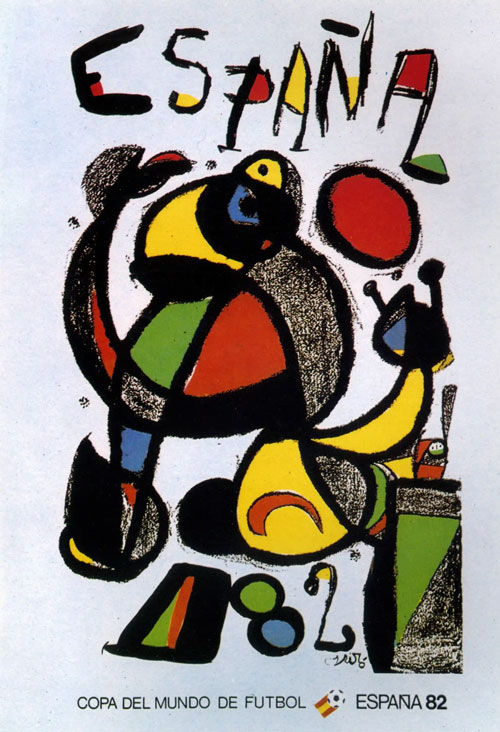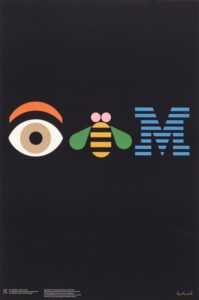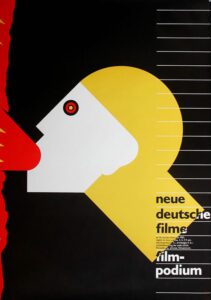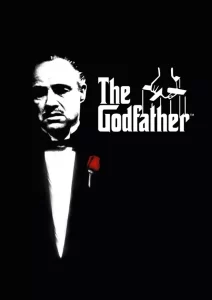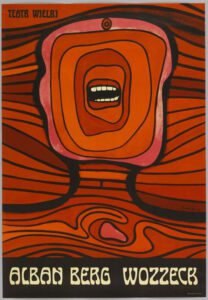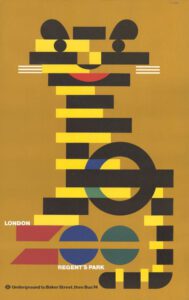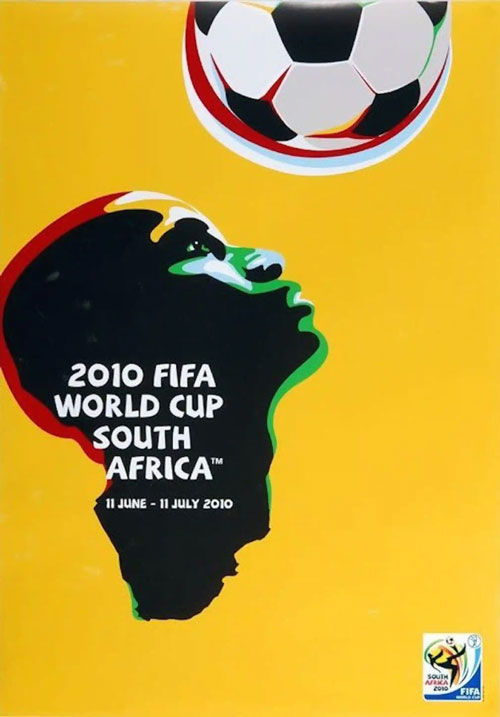
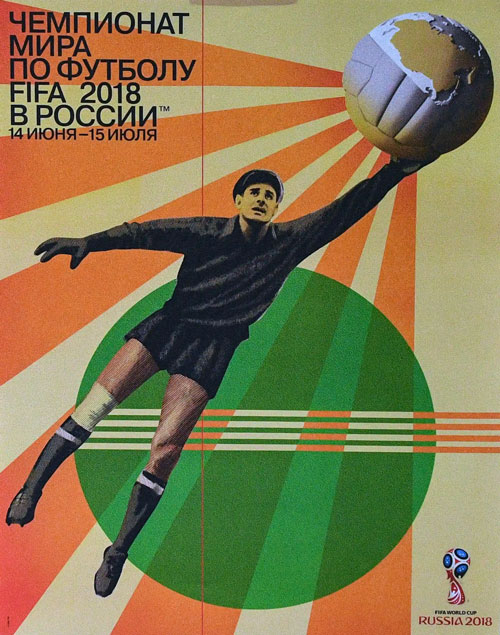
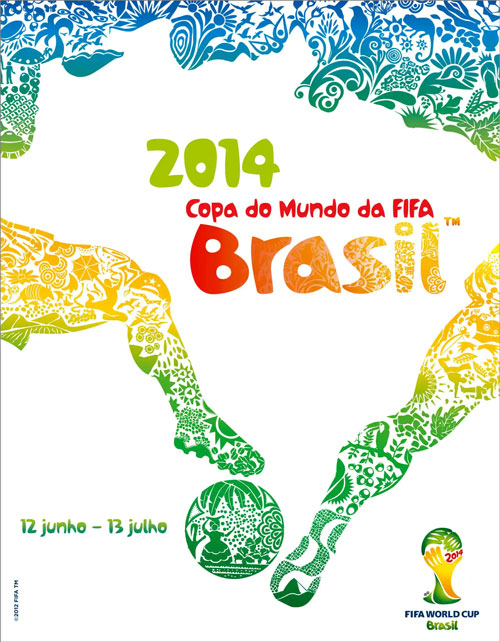
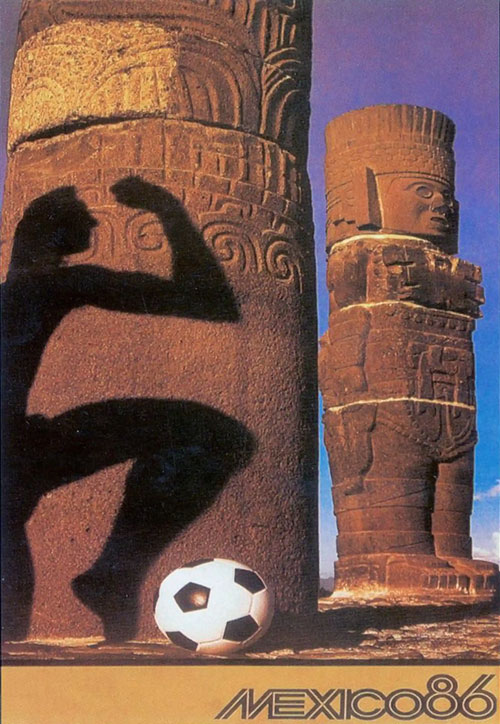
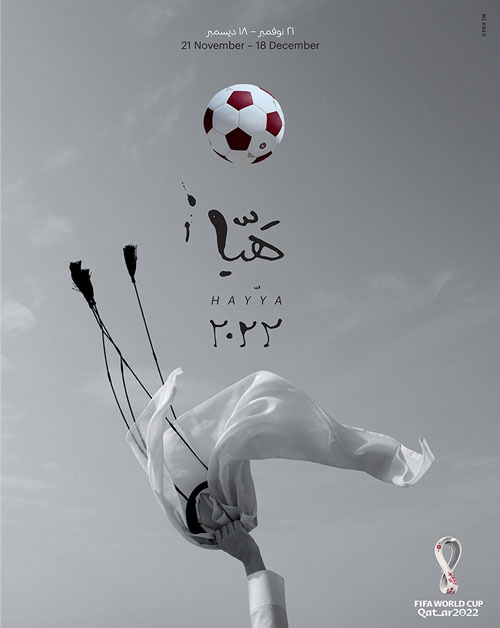
How poster art has moved with the times
If the first 50 years of the FIFA World Cup were marked by major upheavals (World Wars, Cold Wars, cultural revolutions, and everything in between), the next 40 years were marked by how rapidly this tournament grew and how quickly it became a worldwide event.
More money was being invested in football than ever before, and the World Cup was rivalling the Olympics in terms of the economic, commercial, tourism, and marketing opportunities it offered to host nations.
At the same time, almost every household had a television by the 1980s, while the decades which followed saw the emergence of the internet and social media.
Against this commercialised backdrop, World Cup posters from 1982 onwards took on new functions.
Let’s take a look at each of their stories:
1. Spain, 1982
On its first occasion hosting the World Cup, the newly liberalised Spain (which was just a few years on from the grip of General Franco’s rein of fascism) leaned into its history of surrealist art for its poster.
Artist Joan Miró designed a wonderful poster, which captures the colour, chaos, movement and dynamism of the World Cup – without having to fall back on a ‘realist’ depiction of the sport.
Just 16 years after first hosting the tournament, the World Cup returned to Mexico.
The posters for this tournament were designed by non-other than renowned American photographer Annie Leibowitz (the first time a photographer created a World Cup poster design).
Leibowitz sought to highlight the host nation’s Aztec heritage, with a quirky photo that features the shadow of a man, a football, and some ancient Mexican monuments.
